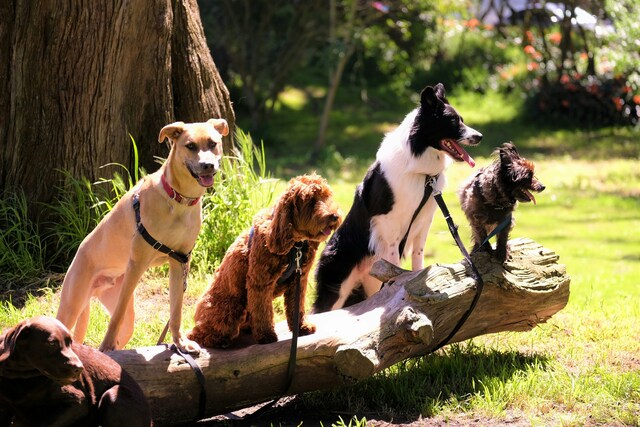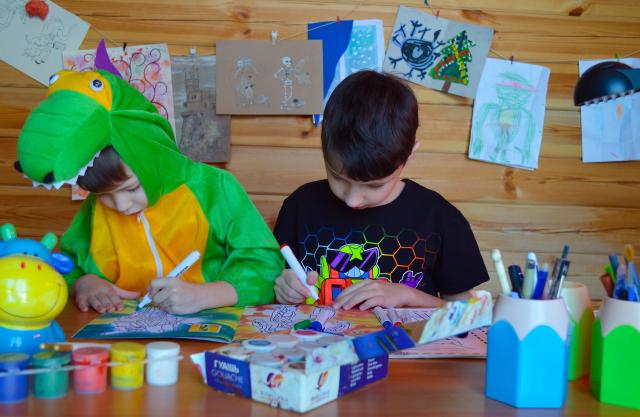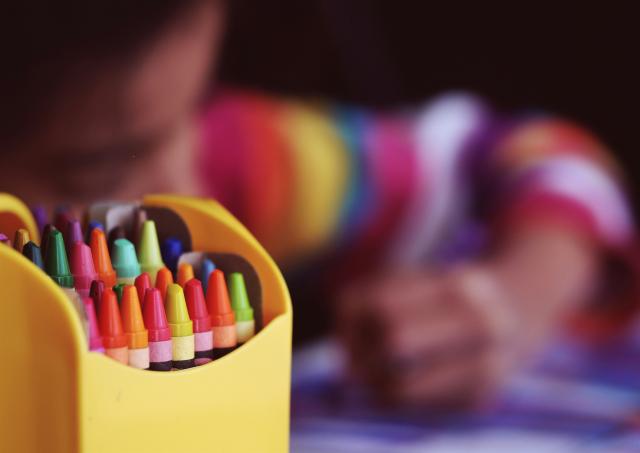Food technology and science have a fresh appeal at Catholic Ladies’ College thanks to newly designed and renovated facilities.
A high-tech food technology centre with large screens, stone benchtops and an elegant colour palette has emerged from two former 1970s classrooms with brick and concrete interiors. Two of the school’s science laboratories have also had a makeover, creating light-filled contemporary learning spaces designed to support CLC’s forward-thinking science program.
The new food technology and science laboratory are part of the progressive modernisation of school facilities. Originally founded by the Sisters of Charity in East Melbourne in 1902, CLC relocated to Eltham, 25 kilometres north of the city, in 1971. Its 8.5 hectares sit on the banks of Diamond Creek.
CLC principal Margaret McKenna says the latest renovations were designed to complement the school’s programs.
“Our new facilities are in line with the quality of our teaching and learning. We like to say ‘girls flourish here’ and that was our goal in redeveloping these areas,” she says.
“We want environments that are uplifting for the students and provide bright, light flexible spaces that enhance learning for young women. The food technology area just buzzes now.
“The girls were very excited when they saw the new rooms. We’ve already had an increase in students taking food technology across the senior school, and the laboratory renewal has re-energised interest in the field of science in our school.”
McKenna says she recently found 25 students at the food technology centre all working on individual dishes.
“I had to go over to pick up last-minute supplies for a board meeting and I was impressed by how the girls moved so professionally around the practical room, the prep room and storeroom. They were working on incredible dishes from a three-tier macaron wedding cake to sushi to a vegetarian tart. It gave me a real lift to see the girls so engaged.”
The new food technology centre has a central foyer open to a theory room with a raised demonstration bench, a large walk-in storeroom, central preparation and food storage zone and a large, airy practical room with a raised demonstration bench and 13 paired workstations. Williams Ross Architects associate Tammy Beck, project architect Michelle Jepp and interior designer Amanda Meiklejohn consulted CLC specialist teachers on how they wanted to teach in the spaces, and requirements for using and storing equipment and tools.
“We needed to bring life into existing spaces,’’ Beck says. “The interior environment was previously harsh – brick walls and exposed concrete ceilings. Margaret McKenna wanted a feminine approach bringing in light and colour, as well as new technology.”
The architects used a colour palette of pinks and greens from the school’s branding to soften the interiors and put in new ceilings and surfaces to improve the acoustics, including fabric pin-up boards wrapping around the perimeters. The raised demonstration teaching stations have reconstituted stone benchtops and the double workstations are in laminate finishes with acrylic splashbacks.
Cameras enable teaching demonstrations to be recorded and shared on large screens. The students use iPads, not cookbooks, so the architects designed a high central bench to position the devices away from ingredients.
In the updated science laboratories the architects improved the ambience, acoustics and functionality of the learning environments with new ceilings, work stations with chemical resistant bench
tops, glass whiteboards and futuristic Bunsen burners.
The laboratories connect to outdoor spaces to take learning outside.
CLC science faculty leader Dr Dawn Duncan says the new labs are far more inviting for students.
“They are lighter, brighter and fun places to be now. Our students love coming into the labs and have a very positive attitude to learning in science.”
The updated laboratories reflect new directions for science at CLC. The school is a partner in a “budding biochemist program” set up by Our Lady of Mercy College in Heidelberg, and funded by the Catholic Education Office. The program, for year 10 students, will be extended to year 11 and 12 students in 2015 and introduces students to biotechnology.
Students learn to isolate and separate DNA fragments using restriction enzymes and gel electrophoresis. The school hopes to buy their own DNA amplification equipment, used in forensic analysis to amplify crime scene samples. At present, Year 12 students go to Melbourne University to learn this technique.
“This is about science teaching enabling our keen young science students to learn specialised research techniques and something totally different. To have the girls learning some of these techniques at school is very exciting and provides them with an insight into possible future science pathways.”
…
Catholic Ladies’ College
19 Diamond Street, Eltham 3095
Phone: 9439 4077
»
Williams Ross Architects
www.williamsross.com






